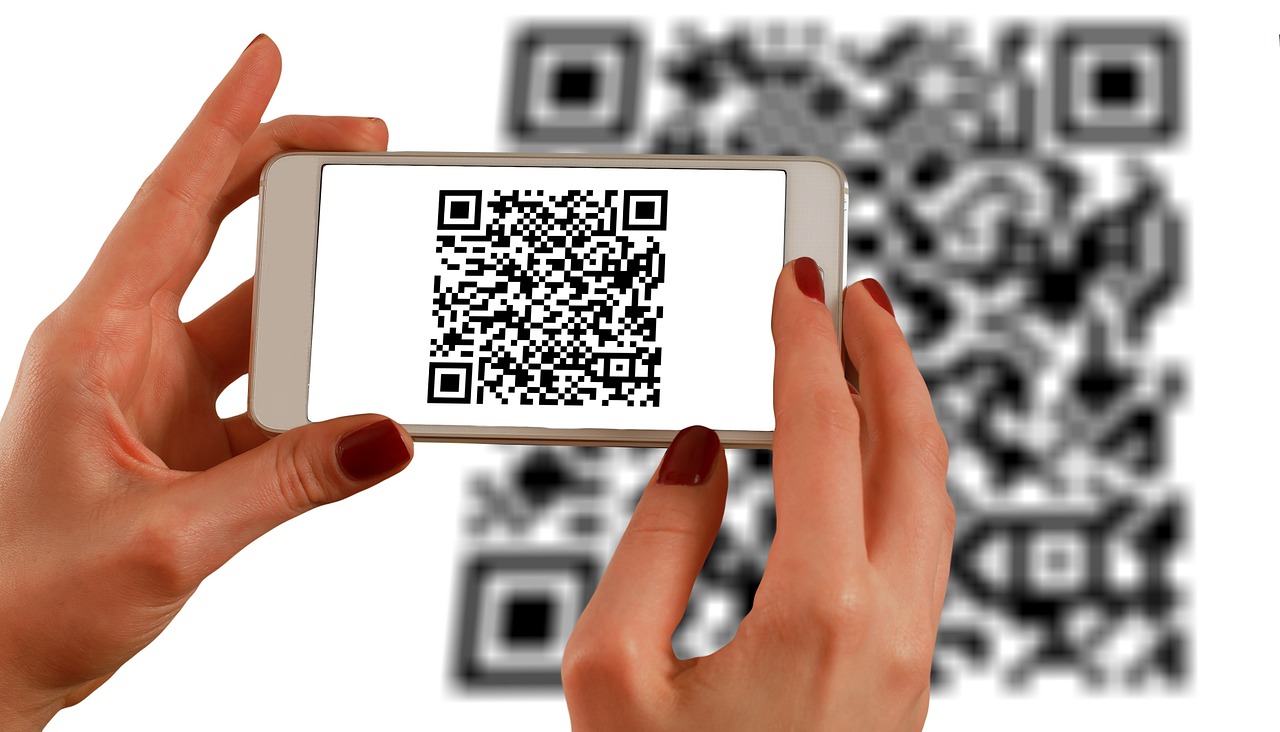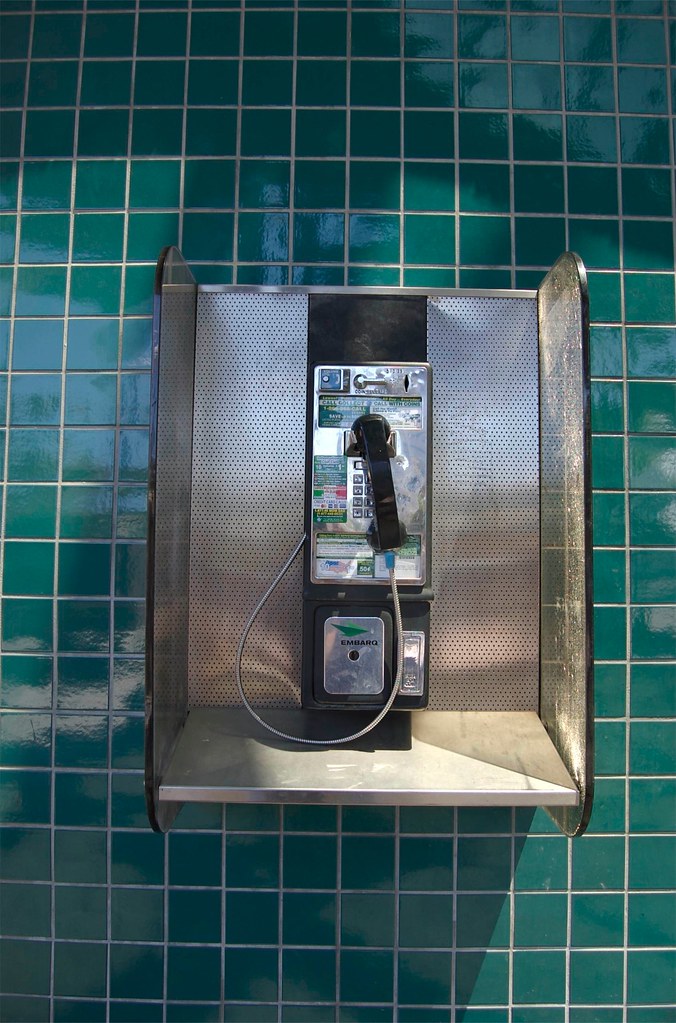Remember the bad old days when using your phone overseas potentially meant a phone bill in the thousands of dollars? Travel SIMs revolutionised the game, and now eSIMs are making it another step easier.
What is an eSIM?
eSIMs, or embedded SIM cards, are the latest technology in mobile connectivity. They provide users with a more convenient and secure way to access their mobile network without having to physically insert a SIM card into their device. eSIMs offer many advantages over traditional physical SIM cards, such as easier setup, increased security, and improved portability – allowing you to connect to a preferred mobile plan quickly and securely at any time without having to worry about swapping out physical cards or dealing with complicated settings. This is great news for travellers, as it means you can hit the ground running faster than ever before.

Does my phone support eSIMs?
Firstly, check that your phone has eSIM capabilities. eSIMs are becoming increasingly popular, with many flagship and mid-range mobile phones now offering the technology:
- Apple was one of the first to adopt the technology, releasing them in all major versions of their iPhone line since the iPhone XS in 2018
- Google adopted eSIM technology for its Pixel line, starting with the Google Pixel 3 in 2018.
- Samsung phone models since the Galaxy S20 will generally support eSIMs, though this may vary by region and specific phone model.
Airalo has a good list of likely compatible devices here. Alternatively, on Android phones, call *#06# from your phone – if the screen that displays shows an “EID”, your phone most likely supports eSIMs.
Which eSIM options are good for travel?
Once you’ve determined that your phone supports eSIMs, you’ll need to buy one for your trip! eSIMs come in three main varieties:
- those that are specifically designed for international roaming. Network providers in this category are typically not local to any phone company in particular; instead, they’ve negotiated access to networks around the world. They most likely won’t offer the cheapest roaming rates in any given country, but are generally competitive when you factor in the convenience.
- local eSIMs from phone companies at your destination. These are generally the best value option when you’re travelling to a small number of countries, or staying within the EU.
- eSIMs from your home country. This is generally a poor value option, but does give you the flexibility of retaining a contact number from your home country, and also allows you to potentially make use of a network you don’t usually use if they offer more competitive roaming options.
For specially designed internal roaming eSIMs, we recommend:
- Airalo – one of the biggest players in this space, with plenty of customisable options to suit your trip.
- checking esimdb for an extensive list of options
For local eSIM providers, we recommend:
- checking esimdb for an extensive list of options
- having a look at what’s on offer through your regular travel SIM retailers, such as Sims Direct, Travelkon and Klook
- doing a quick search on Google for “mobile network operators [insert the country you’re travelling to]”, then visiting the websites of those mobile network operators to see what they offer. Note that this may be somewhat complicated, as many countries require ID verification that cannot be done online
- (Psstt: If you’re looking for a SIM to cover your European adventures, take a look at Orange Poland’s plans here. For a limited time, enter promo code “FLEX” and get your first month for less than $1! Once your trip is done, simply cancel the plan, as it comes with no commitment!)
For Aussies looking to use an eSIM from home:
- Felix Mobile (part of TPG/Vodafone) offers a roaming package costing $20 for 4GB, covering 45 countries. (Psstt: You’ll need to sign up to their prepaid plan for at least a month to be able to avail yourself of this package, but if you’re joining Felix as a new customer, use promo code “FLX1” to get the first month free, meaning you’ll only need to paying for the roaming package!)
Activating an eSIM
This is the easy part! When you purchase an eSIM, you will be given a QR code to scan on your phone.
- On an iPhone, go to “Settings”, then “Mobile”, then “Add Mobile Plan”. Scan the QR code on the SIM to get started
- On Android phones, go to “Settings”, then “Connections”, “SIM card manager”, and “Add mobile plan”. Scan the QR code on the SIM to get started
If you also intend to keep a physical SIM card in your phone (e.g., your usual phone SIM), make sure the default SIM for using data overseas is set to your new eSIM, not your usual phone SIM!

Bottom Line
Whether you’ve always purchased a physical SIM before your overseas trip, or you’ve never done it because the thought of organising one wears you out, give eSIMs a go next time you fly!
Got any eSIM tips to share? Add a comment below!
